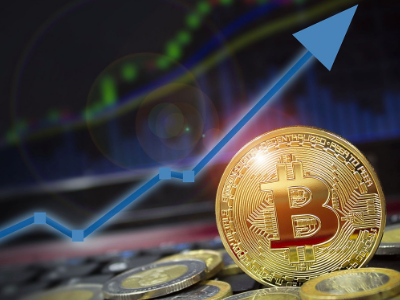Bitcoin miners are in no hurry to sell their mined coins, expecting the first cryptocurrency that is currently trading at about $11,000 to grow. Miners' wallets accumulated a record high number of bitcoins.
According to Glassnode and CoinDesk Research, about 1.82 million BTC are accumulated in the wallets of bitcoin miners tracked by the analyst company. This is a record-high number of coins in almost two years. Miners are in no hurry to sell mined coins, given the current bitcoin rate and reduced profit from mined blocks after the May halving, when the reward for mining a block dropped to 6.75 BTC. The growth of bitcoins in miners' wallets continues from September 2019. In the last year alone, the total assets of miners increased by about 2%.
The trend reflects optimism that the recent bitcoin rally is likely to continue. According to the former director of the F2Pool mining pool, Thomas Heller, the data on miners' reserves suggests that miners do not need to sell mined coins to pay for ongoing operating costs, and they expect the price to rise in the future.
According to GRIID Vice President of Strategy, the hardware cycle for ordering, receiving and deploying new mining machines takes up to six months, which allows miners to sell fewer coins at a time.
Finally, the total number of coins at the disposal of miners increased due to the abnormal behavior of mining pools, when pools accumulate rather than sell coins. According to CoinDesk, the leader in number of accumulated coins among mining pools was F2Pool, as well as the little-known Lubian pool, which was mostly inactive until March 2020. Both have more than 9000 BTC on their balances. The high activity of the pools is indicated by the growing hashrate of bitcoin. Now this figure is just over 123 exaches per second (EH/s).
The HODL strategy is followed not only by miners, but also by many bitcoin investors. The proportion of bitcoins that have been inactive for at least one year continues to rise and is at a four-year high.











